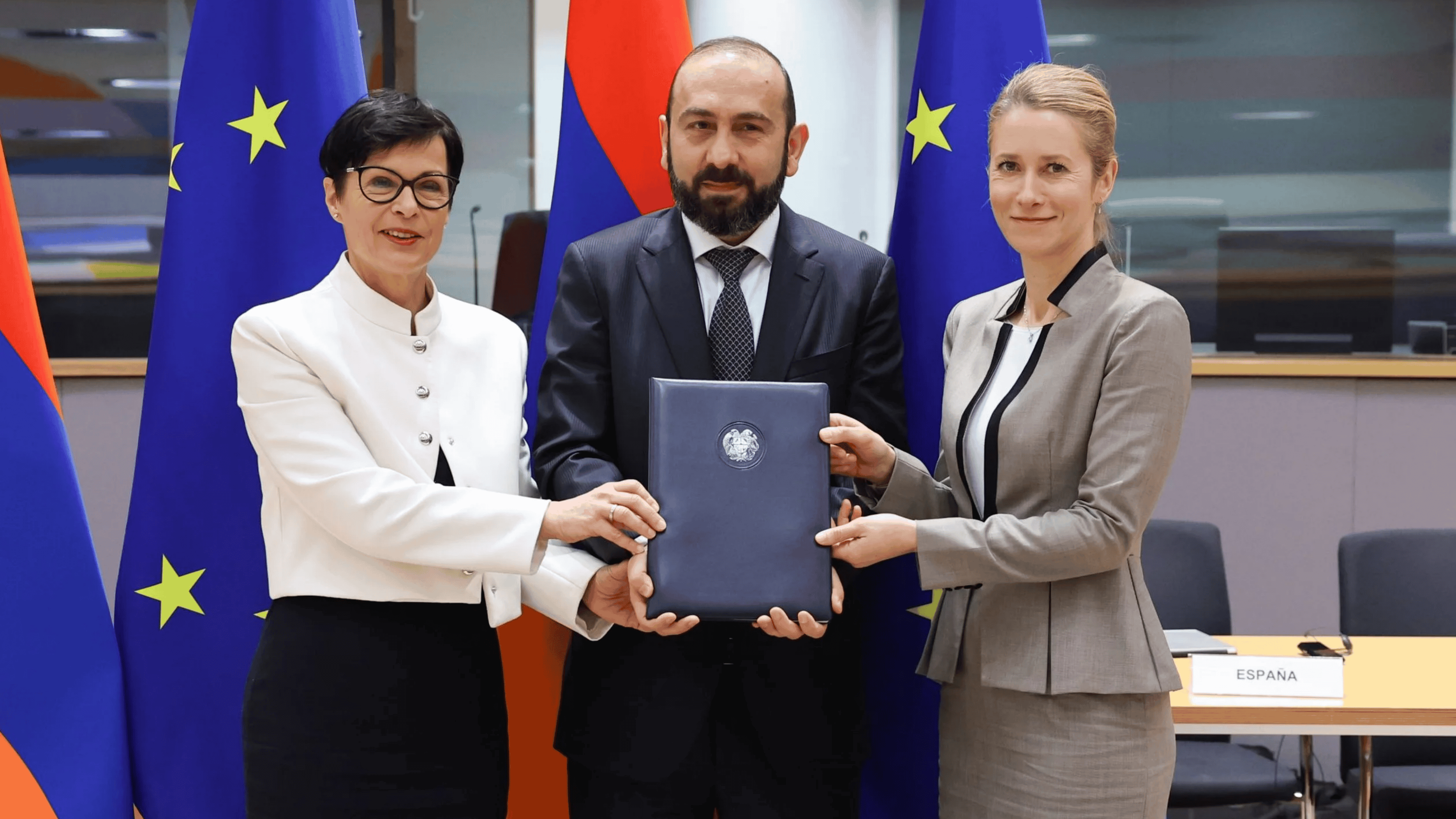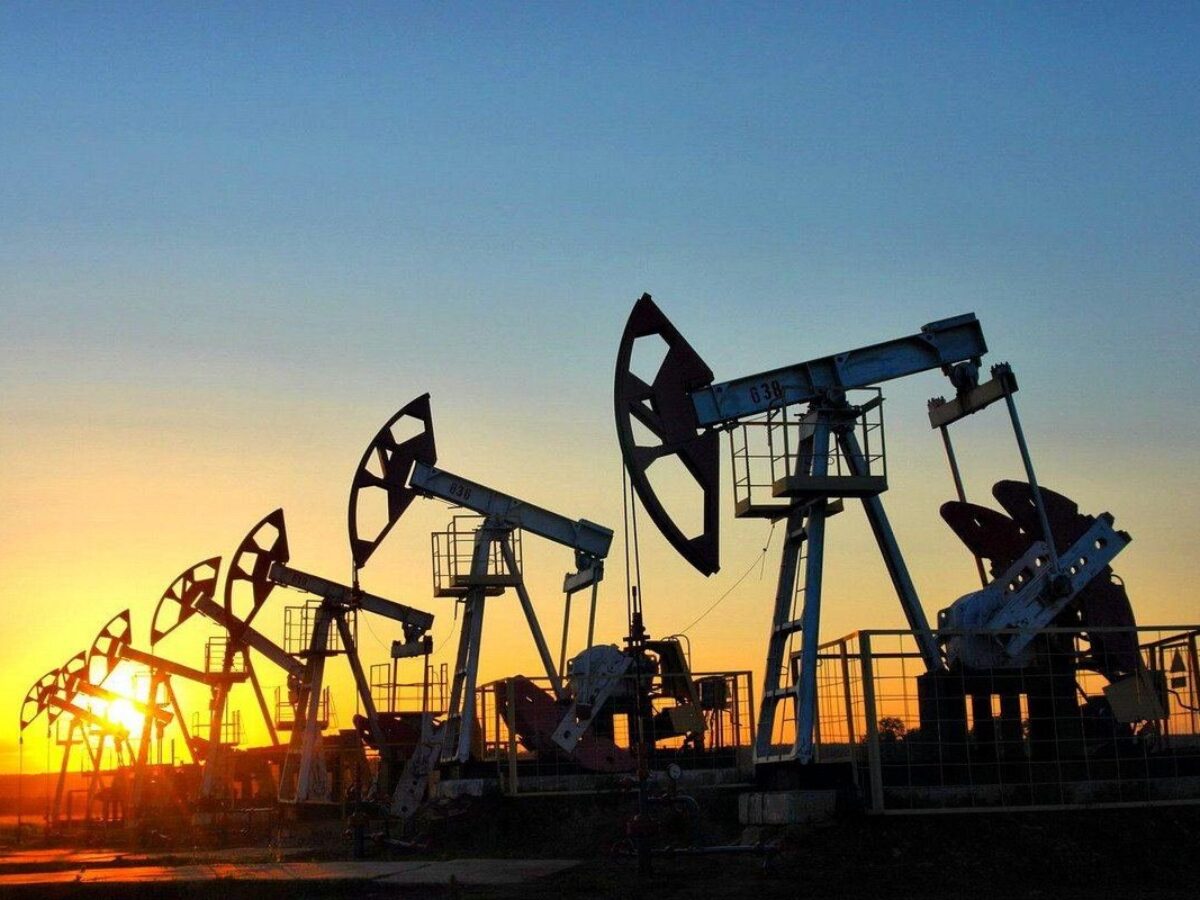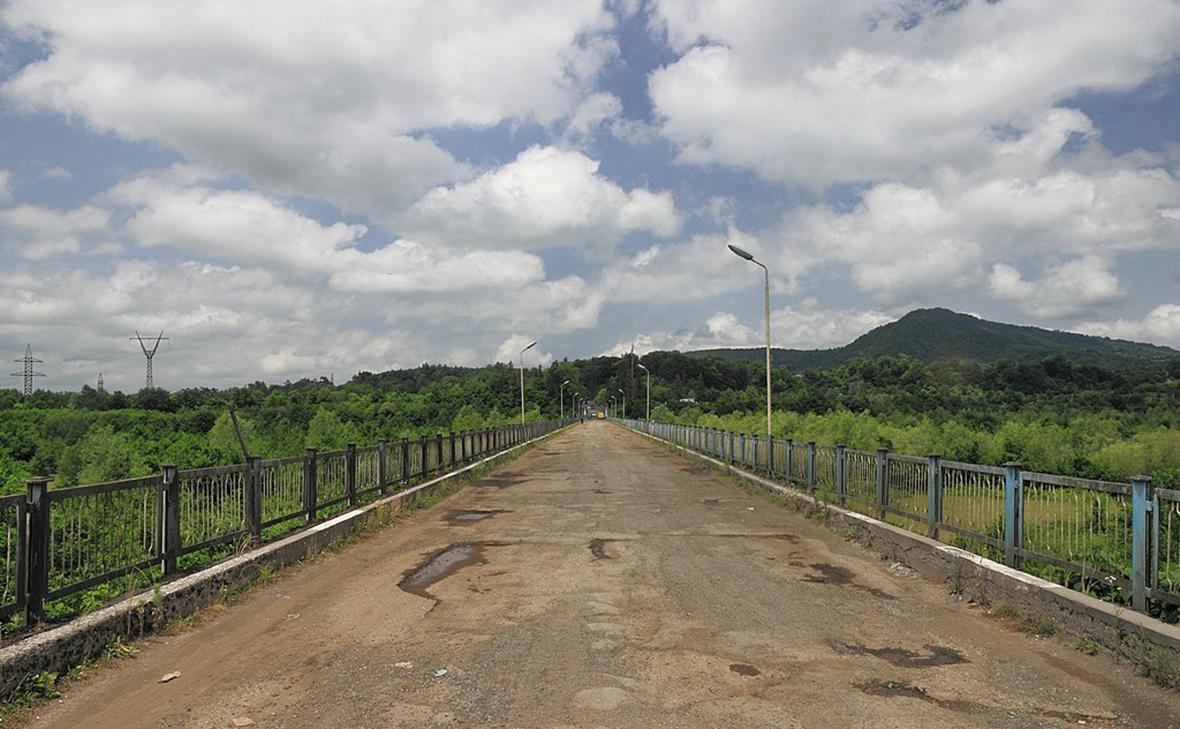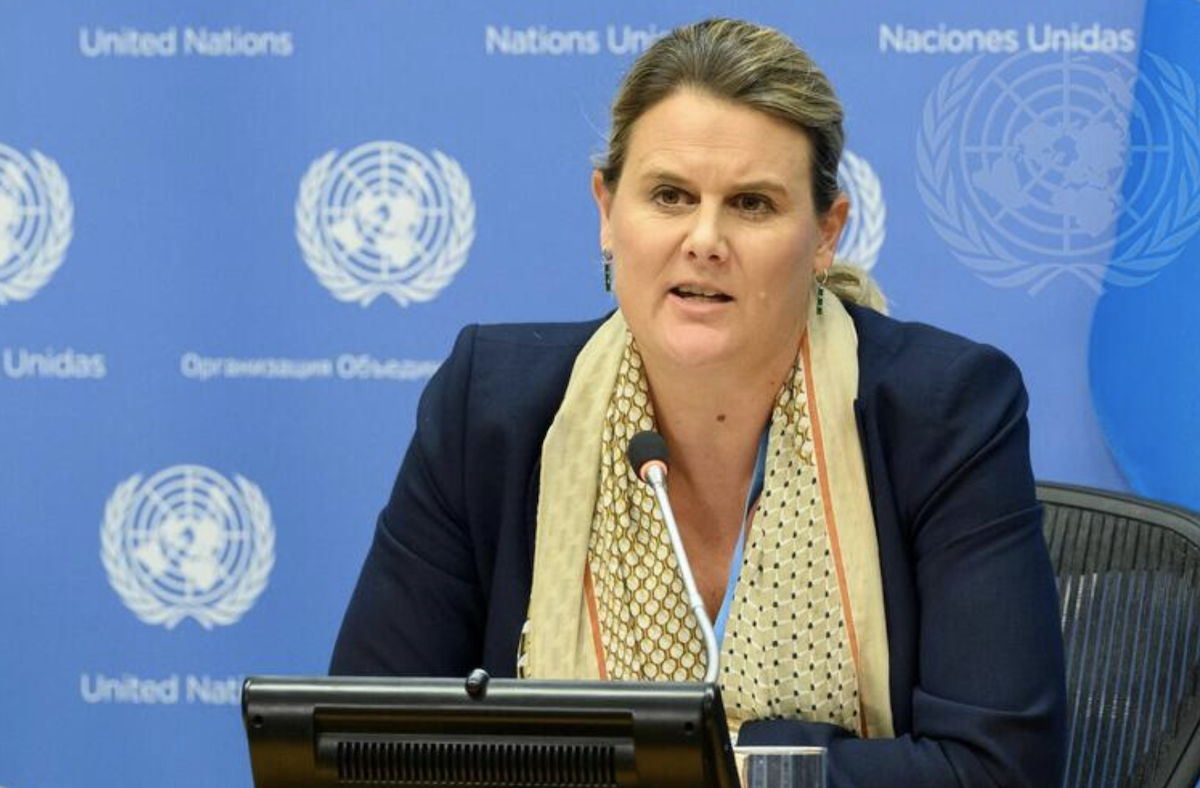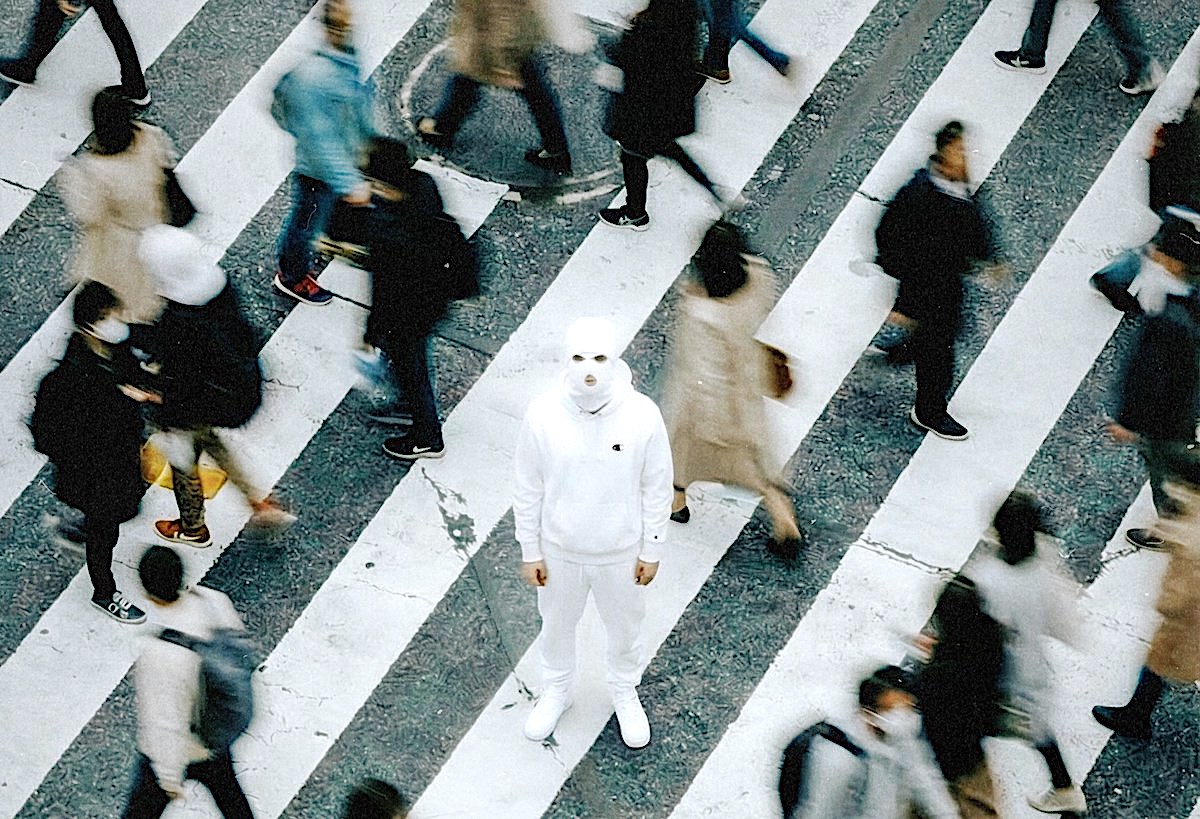Former Armenian President summoned for questioning
The second President of Armenia, Robert Kocharyan, is to be questioned by law officials on the tragic events that took place in Yerevan on 1 and 2 March, 2008.
Following the presidential elections on 18 February 2008, political bloc supporters headed by the first president of Armenia, Levon Ter-Petrosyan, demanded an investigation into the election results, claiming Levon Ter-Petrosyan won the election instead of Kocharyan. Thousands of protesters occupied the central square in Yerevan, taking part in demonstrations round the clock until 1 March.
On 1 March, military-grade weapons were used in the dispersal of the crowds. Eight civilians and two police officers were killed in the process. Kocharyan was still the president of the country at the time of these events. According to data from the Central Electoral Commission, President Serzh Sargsyan was elected. However, he had not yet taken office.
Armenia’s Special Investigative Service put out a media statement saying that the former minister of defense Mikael Harutyunyan and other officials at the time implemented martial law in the country, and used the country’s Armed Forces against participants in peaceful rallies. The president may only declare martial law and decide on the use of the army in the event of an armed attack on Armenia or in the event of a declaration of war.
The former official’s actions violated the article of the current constitution which states that: “The Armenian Armed Forces provide security, protection and territorial integrity, and inviolability of the borders of the Republic of Armenia. The Armenian Armed Forces remain neutral in political matters and are under civilian control.”
On 23 February 2008 the ex-minister signed a top-secret order on the implementation of the tasks set by the Supreme Commander of Armenia, in which peaceful demonstrators were called ‘political forces destabilizing the situation’.
Personnel of the Armed Forces were brought to an at-the-ready state, and deployed with specially created officer units armed with service weapons. Special combined units of high mobility were also created and armed at the time. The goal was to staff these units with maximally trained and mentally stable personnel. A number of Armed Forces units were withdrawn from their places of permanent deployment and transferred to military units located in Yerevan and in the suburbs.
In the evening of 1 March, the Armed Forces and police units dispersed the protesters using weapons, explosives and other special means, killing ten people.
A criminal case has been launched against Colonel-General Mikael Harutyunyan. A petition for an arrest warrant has been filed at the court, while his name was put on the wanted list.
The Special Investigation Service’s report also specifies that the presidential elections of 2008 were accompanied by numerous violations. Falsifications were attributed to the then incumbent President Robert Kocharian and presidential candidate Serge Sargsyan.
Prime Minister Pashinyan was in favour of investigating the case long before taking office.
Nikol Pashinyan represented the interests of presidential candidate Levon Ter-Petrosyan in the 2008 election. After the tragic events of 1 March, the opposition figure went into hiding for a year and four months because of charges of organizing riots.
He voluntarily went to the prosecutor’s office on 1 July 2010, and was arrested and sentenced to seven years imprisonment. He was released a year and eleven months later under amnesty at the time of Armenia’s 20th anniversary of Independence. The opposition claims that the authorities released Pashinyan only due to pressure from the international community.












